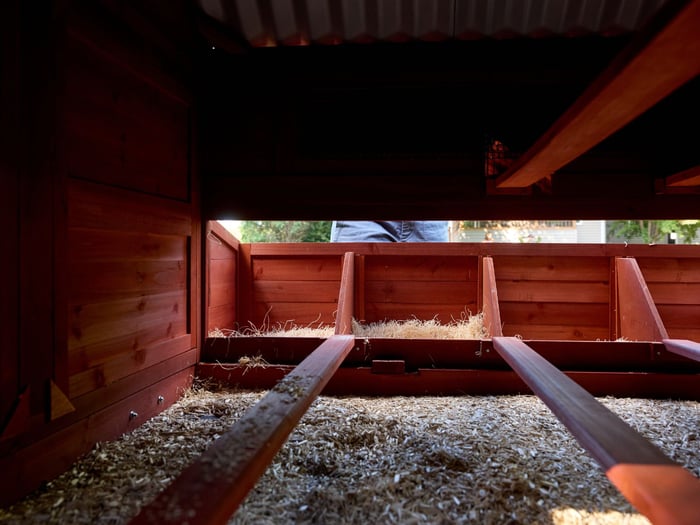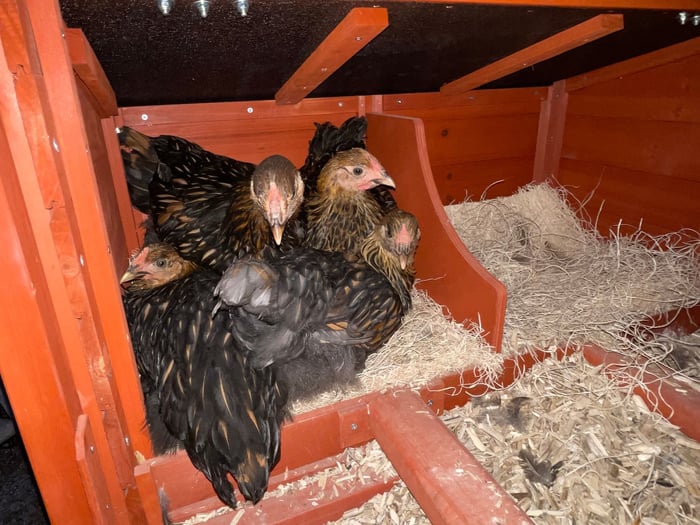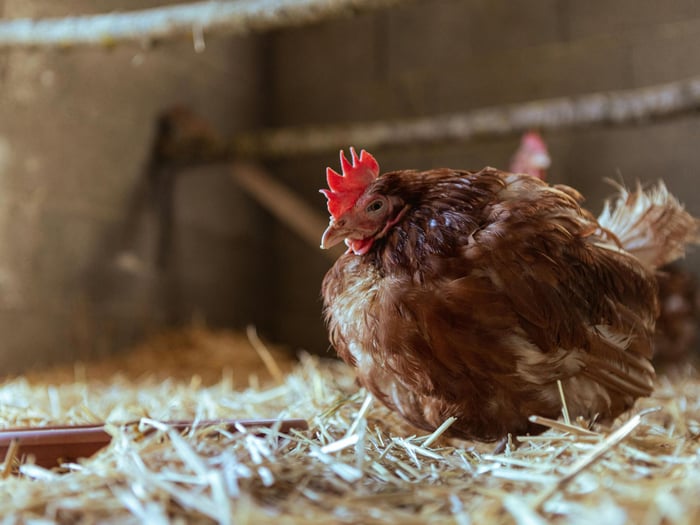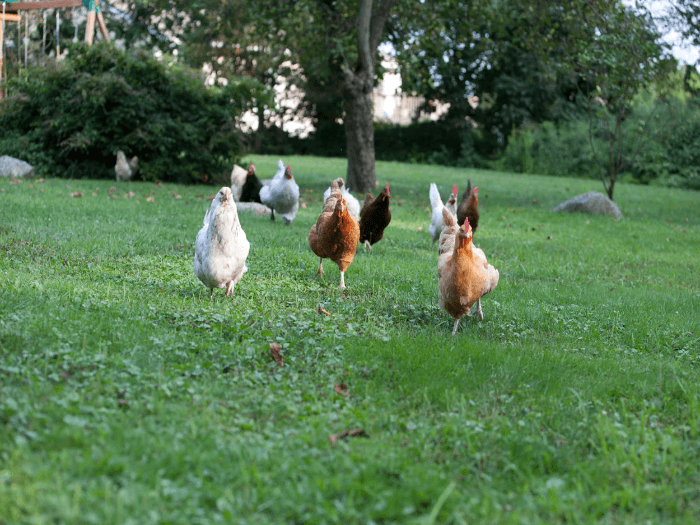Table of Contents
FAQs
How long does it take to train chickens to return to the coop?
Most chickens learn within a week or two if you’re consistent with routine and guidance. Younger birds often catch on quickly, while older hens may take a little more patience.
Do I need to keep my chickens locked in the coop at first?
Yes. Keeping them inside the coop for 2–3 days when they first arrive helps them recognize it as their home base. After that, they’re much more likely to return each evening.
What if my chickens refuse to go into the coop?
Check for issues inside the coop such as overcrowding, poor ventilation, or pests. Sometimes reluctance is a sign the space doesn’t feel safe or comfortable.
Can treats really help train chickens to return to the coop?
Absolutely. Offering scratch grains, mealworms, or other favorite snacks inside the coop at dusk reinforces positive behavior and makes the coop a rewarding place to end the day.
Why is it important to count my chickens at night?
Counting ensures no bird is left outside where predators can strike. Even if most of your flock returns reliably, it’s smart to double-check every evening before closing the door.


.png)






